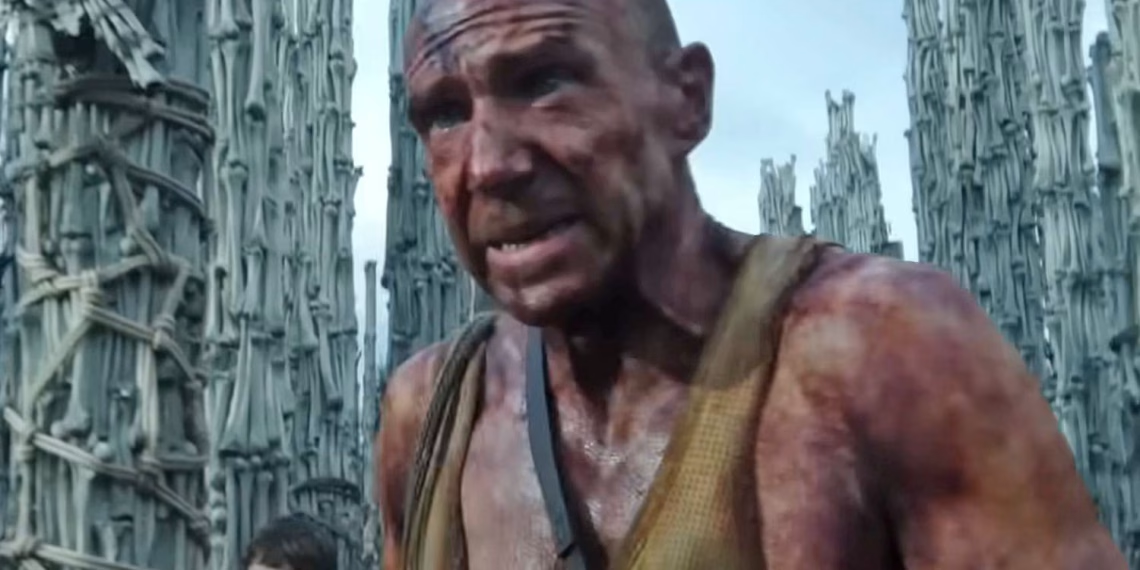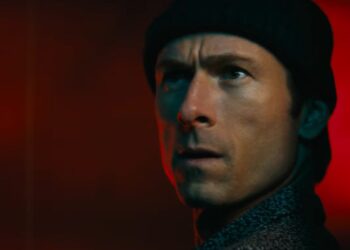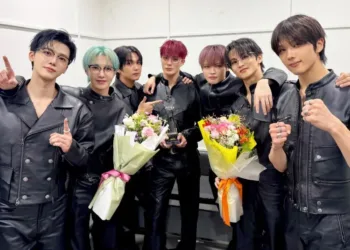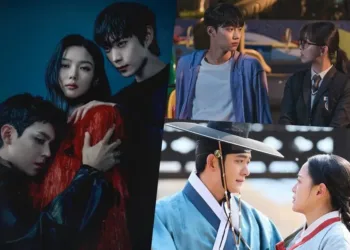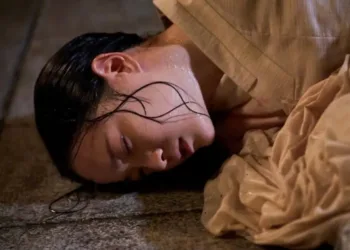The infection isn’t finished yet! Following the box office success of 28 Years Later, Sony Pictures is bringing audiences back into the infected wasteland with 28 Years Later: The Bone Temple—the second installment in Danny Boyle and Alex Garland’s zombie horror trilogy. Here’s everything we know about the release date, cast, plot, and what to expect from this highly anticipated sequel.
Table of Contents
28 Years Later: The Bone Temple Quick Guide
| Detail | Information |
|---|---|
| Release Date | January 16, 2026 |
| Director | Nia DaCosta |
| Writers | Alex Garland |
| Producer | Danny Boyle |
| Studio | Sony Pictures |
| Franchise | 28 Days/Weeks/Years Later |
| Previous Film | 28 Years Later (June 20, 2025) |
| Third Film | 28 Years Later Part III (TBA) |
When Does The Bone Temple Hit Theaters?
Mark your calendars for January 16, 2026! The Bone Temple premieres less than seven months after its predecessor, maintaining an aggressive release schedule that keeps franchise momentum alive. Sony Pictures is capitalizing on the first film’s success by delivering the middle chapter quickly, similar to how the Lord of the Rings trilogy maintained annual releases.
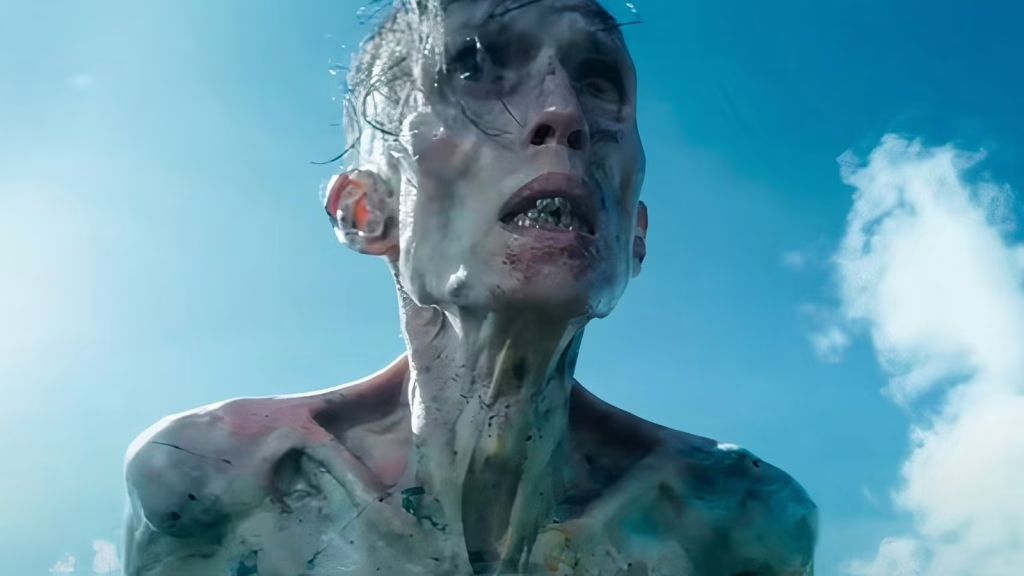
This rapid turnaround was possible because all three films were shot back-to-back, a production strategy that ensures narrative consistency and visual coherence across the trilogy. Director Nia DaCosta (Candyman, The Marvels) helmed The Bone Temple while Danny Boyle directed the first installment, creating varied directorial perspectives within the same story universe.
What We Know About the Plot
Details remain deliberately vague, but Alex Garland’s script reportedly continues exploring humanity’s struggle for survival 28 years after the Rage virus outbreak. The title “The Bone Temple” suggests significant religious or cult-like elements, possibly exploring how survivors have created new belief systems in the post-apocalyptic world.
Garland has a history of examining how extreme circumstances reshape human behavior and social structures. Expect philosophical questions about civilization, morality, and what defines humanity when traditional society collapses. The franchise has always balanced visceral horror with thoughtful commentary, and The Bone Temple likely continues that tradition.
For more insights into horror franchises and cinematic universes, explore our film analysis coverage.
Cast and Characters
While Sony hasn’t released official cast lists yet, speculation suggests returning characters from 28 Years Later will appear alongside new survivors. The first film introduced characters played by Jodie Comer, Aaron Taylor-Johnson, and Ralph Fiennes—though which actors return for The Bone Temple remains unconfirmed.
Nia DaCosta’s involvement brings fresh perspective to the franchise. Known for her ability to blend social commentary with genre thrills, DaCosta’s vision should complement Garland’s screenplay while establishing her unique directorial stamp. Her work on Candyman demonstrated sophisticated understanding of horror as metaphor, making her an ideal choice for this franchise continuation.
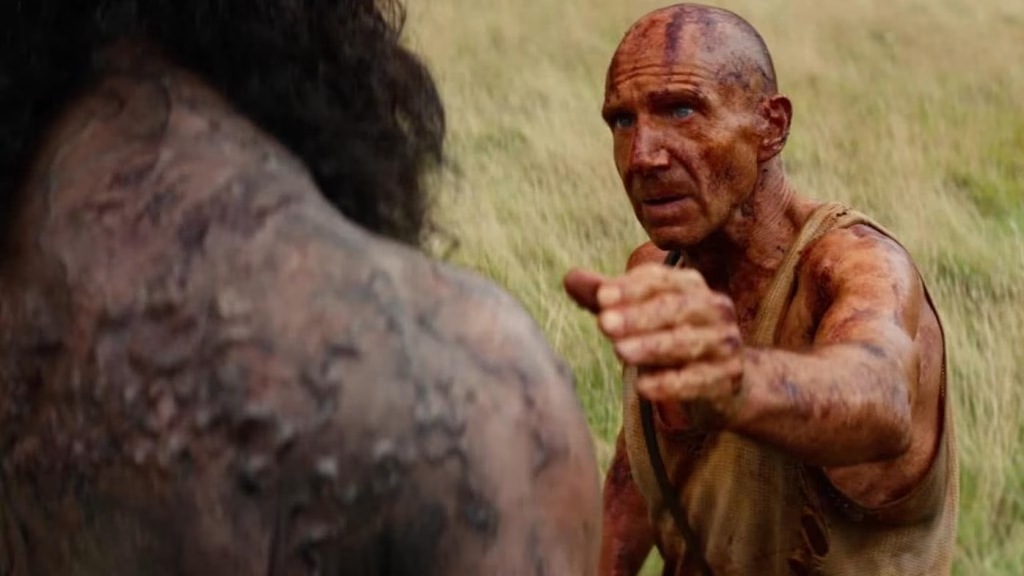
The Trilogy Structure
Sony Pictures announced all three films simultaneously, confirming this as a planned trilogy rather than sequels developed due to unexpected success. This approach allows Garland to craft a complete narrative arc across three films, with character development and plot threads designed to span the entire story.
The first film establishes the post-outbreak world and introduces key characters. The Bone Temple will likely complicate their situations and raise stakes significantly. The untitled third film should provide resolution while potentially leaving room for future franchise expansion.
This structure mirrors successful horror trilogies like Planet of the Apes (recent trilogy) and George A. Romero’s Dead films, where each installment explores different aspects of the apocalypse. For updates on theatrical releases and horror film schedules, check Sony Pictures’ official site.
Shot on iPhone Innovation
Following 28 Years Later’s groundbreaking decision to shoot entirely on iPhone, The Bone Temple continues this experimental approach. The unconventional filming method creates documentary-style immediacy that enhances the franchise’s raw, visceral aesthetic.
Critics praised the first film’s visual style, noting how iPhone cameras capture unsettling intimacy and spontaneity impossible with traditional cinema cameras. This technique places viewers directly into the characters’ desperate situations, heightening emotional impact and horror elements.
What Fans Can Expect
Based on franchise history, anticipate intense action sequences, disturbing infected encounters, and morally complex characters making impossible choices. The 28-franchise distinguishes itself through fast-moving “infected” rather than traditional slow zombies, creating relentless tension and kinetic action.
Garland’s involvement ensures sophisticated storytelling that respects audience intelligence. His scripts rarely provide easy answers or conventional heroes, instead presenting flawed characters navigating situations where survival often conflicts with morality.
Stay updated on all horror releases and franchise developments at TechnoSports, where we track every major genre film from announcement through release!
The Wait Begins
With nearly 14 months until The Bone Temple arrives, speculation will only intensify. Sony will likely release trailers and promotional materials in late 2025, building anticipation for the January 2026 premiere. Until then, fans can revisit 28 Days Later and 28 Weeks Later to prepare for the trilogy’s continuation.
Frequently Asked Questions
Q: Do I need to watch the previous 28 Days/Weeks Later films before seeing The Bone Temple?
A: Yes, watching 28 Years Later (June 2025 release) is essential since The Bone Temple directly continues that story as part two of the planned trilogy. However, familiarity with 28 Days Later (2002) and 28 Weeks Later (2007) isn’t strictly required, as the new trilogy takes place nearly three decades later with mostly new characters. That said, watching the original films provides valuable context about the Rage virus origins, how society initially collapsed, and thematic foundations that carry through the franchise.
Q: Why is Nia DaCosta directing instead of Danny Boyle?
A: Danny Boyle directed the first film in the new trilogy but serves as producer across all three installments, while different directors helm each chapter. This approach provides varied perspectives within the shared story universe—similar to how Star Wars and Marvel films employ different directors for different entries. Alex Garland wrote all three screenplays, ensuring narrative consistency, while directors bring their unique visual styles. Nia DaCosta’s acclaimed work on Candyman demonstrated her ability to blend social commentary with horror, making her an excellent choice to continue the franchise’s tradition of thoughtful genre filmmaking.

